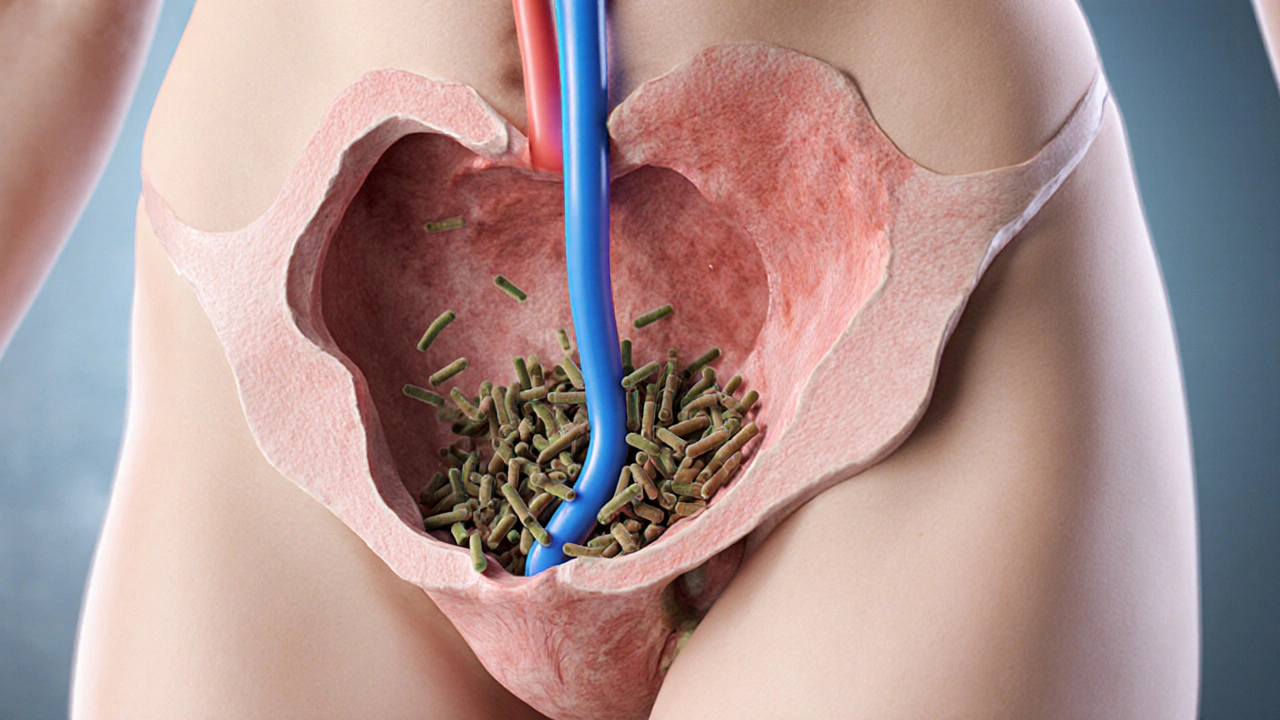Lactobacillus – Your Guide to Probiotic Health
When talking about Lactobacillus, a genus of friendly bacteria that live in the digestive system and many fermented foods. Also known as lactic acid bacteria, it helps break down sugars into lactic acid, keeping the gut environment stable. Probiotics, supplements or foods that deliver live beneficial microbes often list specific Lactobacillus strains because they survive stomach acid and reach the intestines. The gut microbiome, the community of trillions of microbes that influences digestion, immunity, and mood relies on a balanced mix of these bacteria; without enough Lactobacillus, harmful microbes can overgrow. Even common antibiotics, drugs that kill or inhibit bacterial growth can wipe out beneficial strains, leading to temporary imbalances and side‑effects like diarrhea. In short, Lactobacillus sits at the crossroads of healthy digestion, immune support, and microbial diversity.
How Lactobacillus Powers Everyday Health
Most people get their daily dose of Lactobacillus from fermented foods—think yogurt, kefir, sauerkraut, and kimchi. These foods act as natural delivery vehicles, letting the bacteria colonize the intestine where they produce vitamins B12 and K, compete against pathogens, and modulate inflammation. When you choose a probiotic supplement, look for products that guarantee a minimum of 10⁹ CFU per serving and list the exact strain (e.g., L. rhamnosus GG or L. acidophilus), because different strains have distinct health effects. Clinical studies show that specific Lactobacillus strains can reduce the duration of acute gastroenteritis, ease symptoms of irritable bowel syndrome, and even improve mood by influencing the gut‑brain axis.
However, taking Lactobacillus isn’t a free‑pass to ignore diet. A high‑sugar, low‑fiber regimen feeds harmful microbes, negating probiotic benefits. Pairing probiotics with prebiotic fibers—found in bananas, onions, and whole grains—feeds the good bacteria and helps them thrive. If you’re on a course of antibiotics, consider a probiotic containing Lactobacillus during and after treatment to restore balance faster. Always talk to a healthcare provider before starting high‑dose supplements, especially if you have an immunocompromised condition.
Research continues to uncover new roles for Lactobacillus, from skin health to weight management. Some studies suggest that topical applications of certain strains can improve eczema symptoms, while others link gut‑derived Lactobacillus metabolites to reduced appetite and better metabolic control. Whether you’re a fitness enthusiast, a parent looking for kid‑friendly gut support, or just curious about how microbes shape your well‑being, understanding the basics of Lactobacillus equips you to make smarter choices. Below you’ll find a curated set of articles that dive deeper into specific strains, dosage guides, safety tips, and the latest research—so you can turn this microscopic helper into a tangible health advantage.

Can Probiotics Prevent Cystitis? Evidence, Strains, and How to Use Them
Explore how probiotics may lower cystitis risk, the science behind specific strains, dosage tips, safety advice, and a practical checklist for prevention.